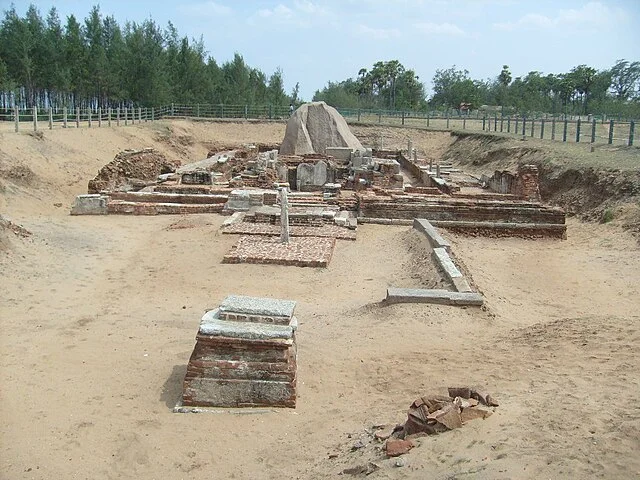The Murugan Temple at Saluvankuppam is an important historical and religious site located in Tamil Nadu, India. This temple is dedicated to Lord Murugan, the Hindu deity of war, youth, and power. It is particularly significant for its architectural style, historical relevance, and religious importance.
Get your dose of History via Email
Historical Background
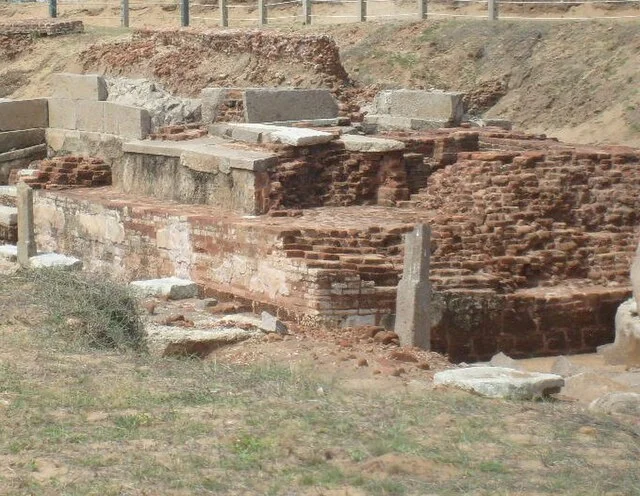
Saluvankuppam is an ancient site that has historical connections to the Pallava dynasty, which ruled the region from the 4th to the 9th century AD. The Pallavas were known for their contributions to art, culture, and religious architecture. The Murugan Temple reflects the influence of this period, showcasing the dynasty’s role in promoting Hinduism through temple construction.
Architecture and Design
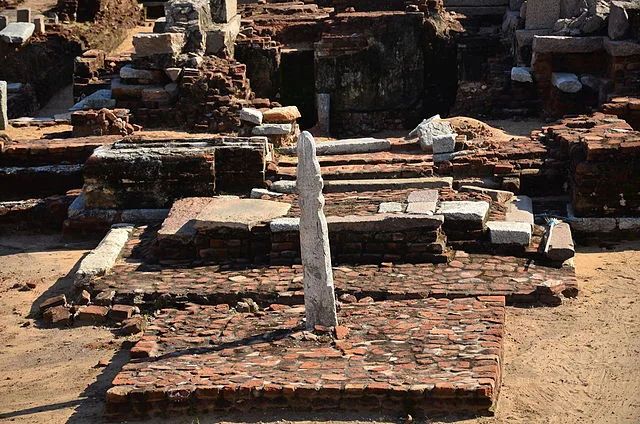
The temple follows a typical South Indian Dravidian architectural style. It features intricately carved sculptures, pillars, and structures that are hallmarks of Pallava architecture. The temple consists of a sanctum sanctorum, an outer hall, and a tower or shikhara above the sanctum, which is adorned with figures of deities and mythological creatures.
The design of the temple highlights a blend of simplicity and grandeur. The sculptures depict various scenes from Hindu mythology, including depictions of Lord Murugan in different forms, such as the warrior and the youthful deity. This visual storytelling through sculptures is a prominent feature of Pallava temples.
Religious Significance
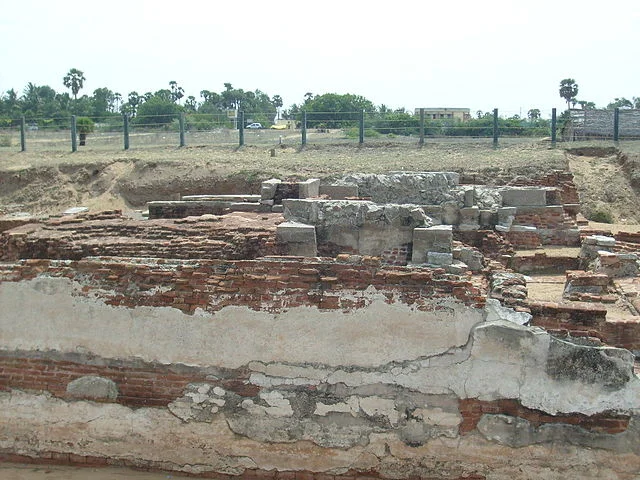
The Murugan Temple at Saluvankuppam holds religious importance for devotees of Lord Murugan, especially among Tamil Hindus. Lord Murugan is regarded as the patron deity of Tamil people and is worshipped for his wisdom, strength, and guidance in overcoming obstacles. Pilgrims visit the temple to seek blessings for spiritual growth and success in their endeavors.
The temple is an active place of worship, especially during the festival of Thaipusam, which celebrates the birth of Lord Murugan. Devotees participate in various rituals, including offerings and processions, demonstrating their devotion to the deity.
Archaeological and Cultural Relevance
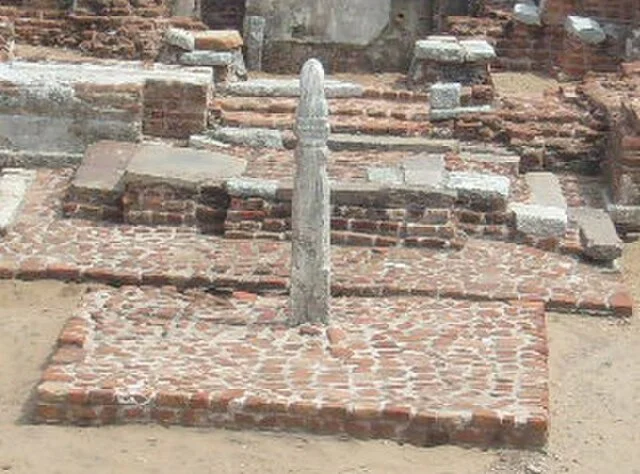
The Murugan Temple is not only a religious center but also a valuable archaeological site. It provides insight into the early Tamil architecture and religious practices of the Pallava period. The carvings and inscriptions on the temple walls offer valuable information about the society, culture, and language of the time.
Researchers and historians consider the site an important part of the study of Dravidian temple architecture. It contributes to our understanding of the religious and cultural evolution in South India during the early medieval period.
Conclusion
The Murugan Temple at Saluvankuppam stands as a testament to the architectural and religious legacy of the Pallava dynasty. Its historical, architectural, and cultural significance makes it an important site for both religious worship and academic research. Through its intricate design and religious relevance, the temple continues to serve as a key symbol of South India’s ancient heritage.
Source:

